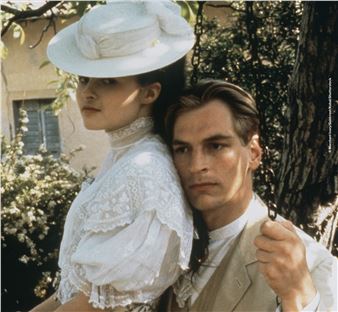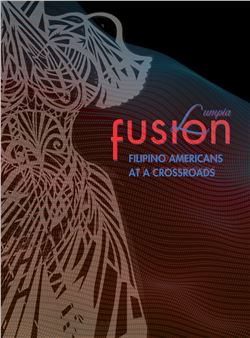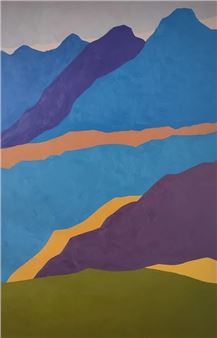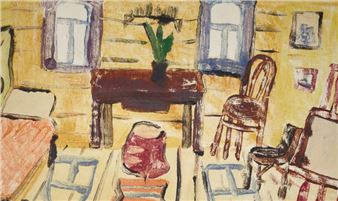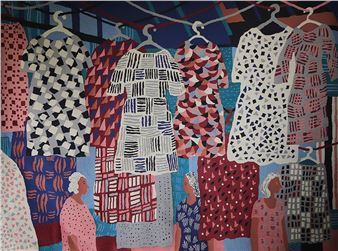Yuri Larin: Painting of the Ultimate State
The exhibition will display paintings and watercolors by the artist as well as a documentary section.
The exhibition includes the works of the 1970вҖ“2010s from the Tretyakov GalleryвҖҷs funds, the artistвҖҷs family collection and Dmitry Vladimirovich SarabyanovвҖҷs family collection.
Yuri Larin had formulated his own method, which he called the concept of ultimate state, by the mid-1970s. The artist saw the aim of his work in вҖҳвҖҳbringing the struggle with representation for musicalityвҖҷвҖҷ that takes place on canvas or paper to the point where the musical beginning in painting begins to take over, but does not destroy the representational. This principle always remained fundamental for Larin given all further transformations of his views.
Landscapes served as a most important stage for the implementation and development of his ideas. The artist would always draw in his pad everything worthy of his attention and potentially interesting. It was followed by that very struggle for achieving the ultimate state. It was reflected in his cycles and series formally pegged to various geographical locations.
Landscape is a major genre in LarinвҖҷs artwork but not the only one. In parallel, in a steady dotted line, he worked on portraits, still-lifes, and, in the last period of his life, on multifigured compositions (for example, Malakhovka. Out of the Waters. 2012).
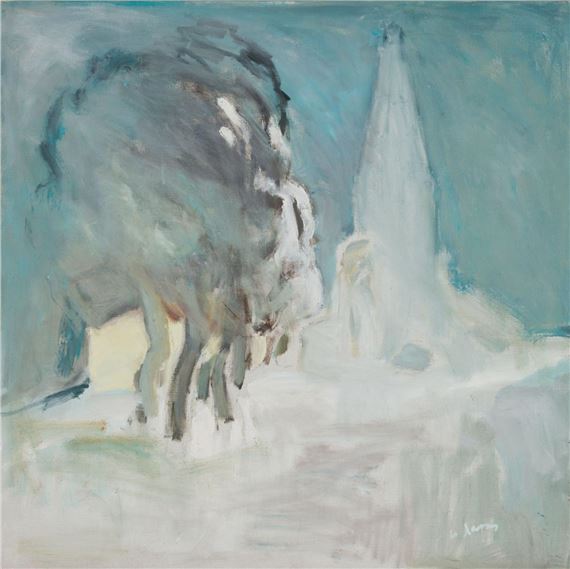
Recommended for you
The exhibition will display paintings and watercolors by the artist as well as a documentary section.
The exhibition includes the works of the 1970вҖ“2010s from the Tretyakov GalleryвҖҷs funds, the artistвҖҷs family collection and Dmitry Vladimirovich SarabyanovвҖҷs family collection.
Yuri Larin had formulated his own method, which he called the concept of ultimate state, by the mid-1970s. The artist saw the aim of his work in вҖҳвҖҳbringing the struggle with representation for musicalityвҖҷвҖҷ that takes place on canvas or paper to the point where the musical beginning in painting begins to take over, but does not destroy the representational. This principle always remained fundamental for Larin given all further transformations of his views.
Landscapes served as a most important stage for the implementation and development of his ideas. The artist would always draw in his pad everything worthy of his attention and potentially interesting. It was followed by that very struggle for achieving the ultimate state. It was reflected in his cycles and series formally pegged to various geographical locations.
Landscape is a major genre in LarinвҖҷs artwork but not the only one. In parallel, in a steady dotted line, he worked on portraits, still-lifes, and, in the last period of his life, on multifigured compositions (for example, Malakhovka. Out of the Waters. 2012).

 ARTISTS
ARTISTS









